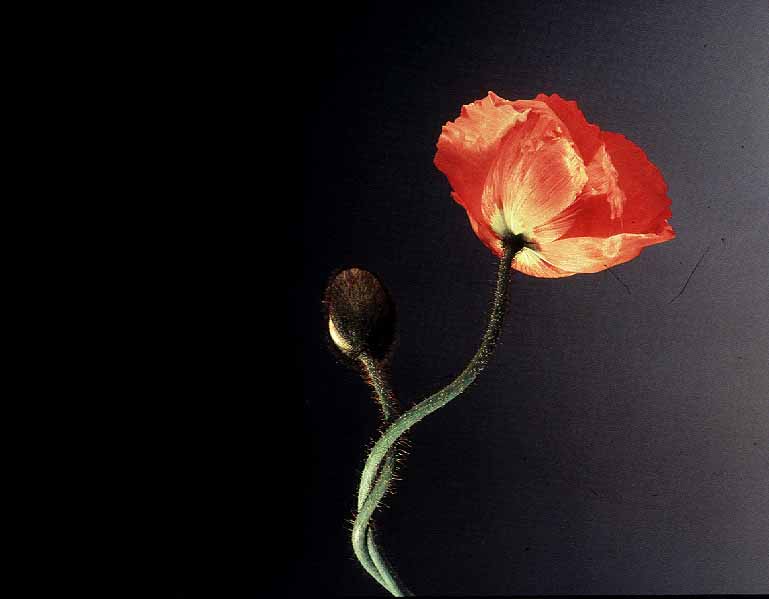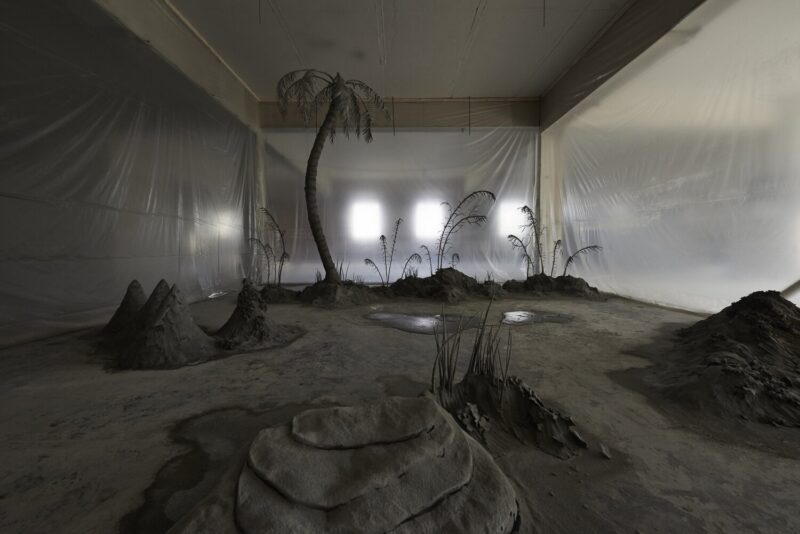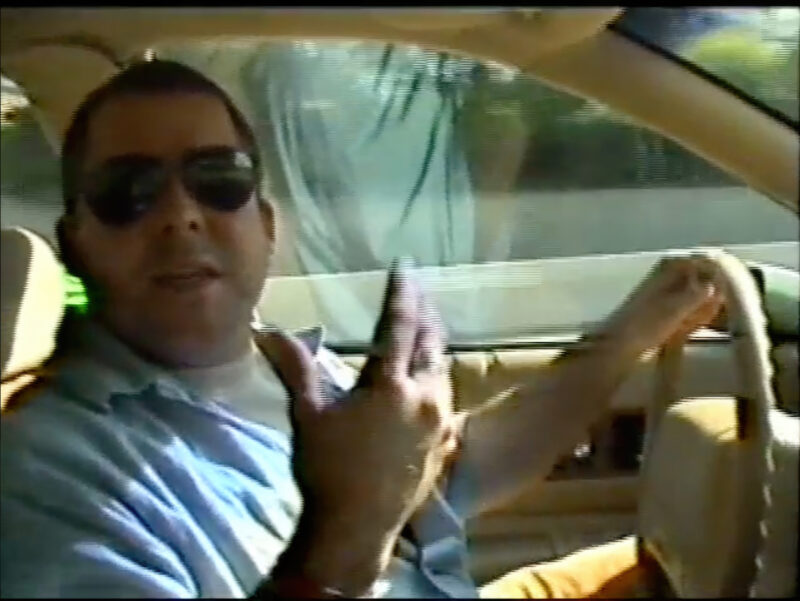Sarah Anne Johnson: ‘Kissing Gold’, 2013 from the series ‘Wonderlust’, in ‘The Combinational’ at Studio 1.1
I recently came across a copy of Art Monthly for July 1986. The magazine doesn’t look so different from the July 2014 issue, and – like that – includes listings of some 200 forthcoming shows. The public sector landscape was similar, though there was of course just the one Tate. Much else has changed. A number of less contemporarily-oriented commercial galleries – Browse & Darby, Crane Calman, Colnaghi, Francis Kyle, Redfern – remain but no longer feature in the Art Monthly listings. They’ve become more selective, given that there are now far more galleries in total. Only a dozen of what I’d see as non-public galleries with a contemporary focus still exist: the long runners are Annely Juda, Flowers, Anthony Reynolds, Maureen Paley (then ‘Interim Art’), Matts Gallery, the Mayor Gallery and Victoria Miro, which have all moved at least once since then; and Bernard Jacobson, Gimpel Fils, Hamiltons, Marlborough and Waddington, which have stayed put. Anthony d’Offay (which ran 1965-2001) is the best-remembered of the spaces since closed. Among the many which have gone and I’ve never heard of, Diorama, the Narwhal Eskimo Art Gallery, 9H, Monolith, the Submarine Gallery, Vortex and The Young Unknowns sound rather distinctive. Of course, my favourite features of the July 2014 issue are my own review and the listing of the show I’ve curated at Studio 1.1 (founded 2003)…
Robert Mapplethorpe: ‘Poppy’, 1988 at Hamiltons – ‘an erotic reading’ is that ‘Mapplethorpe captured the flower in an uncommon position – from behind. The carefully positioned light source emphasized this ‘backdoor’ point of view’ (Peter Schultz)
Most days art Critic Paul Carey-Kent spends hours on the train, traveling between his home in Southampton and his day job in Surrey. Could he, we asked, jot down whatever came into his head?









